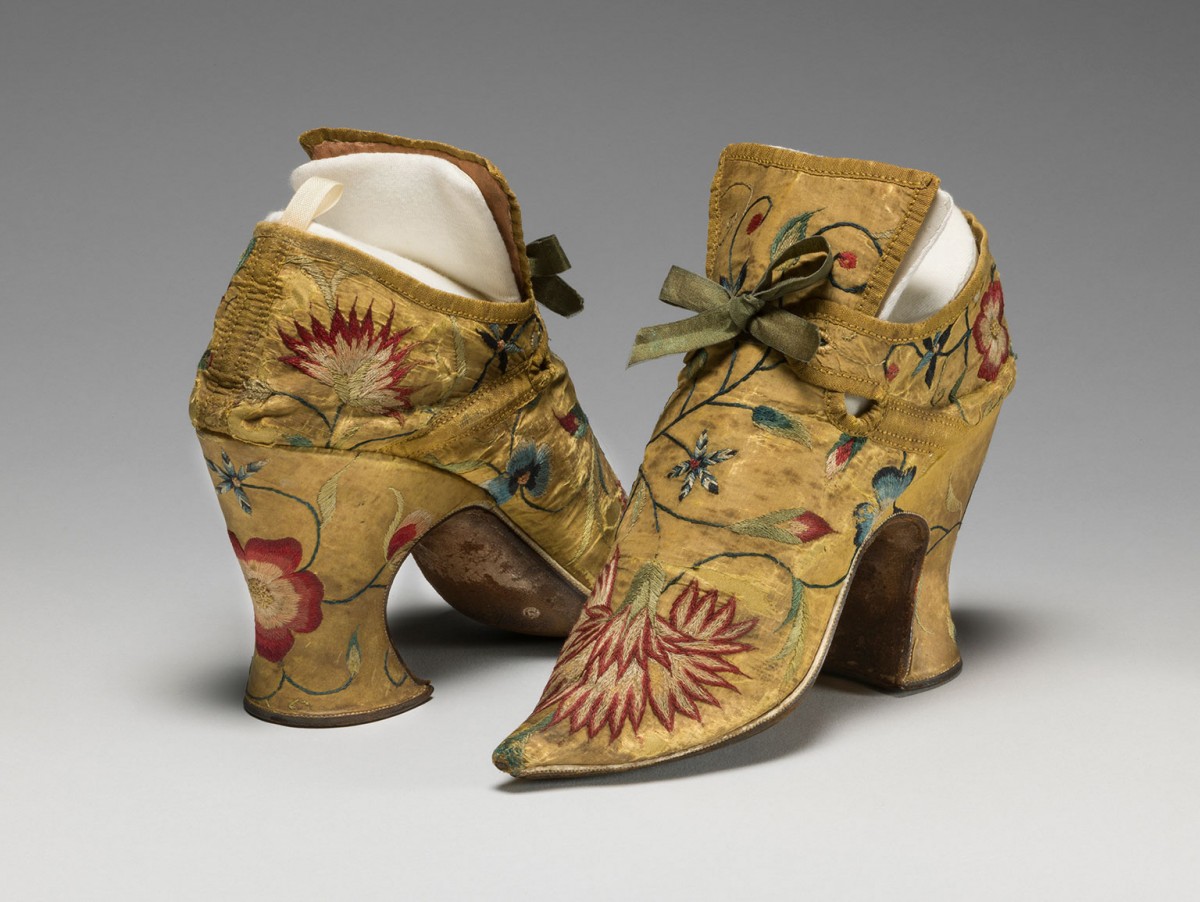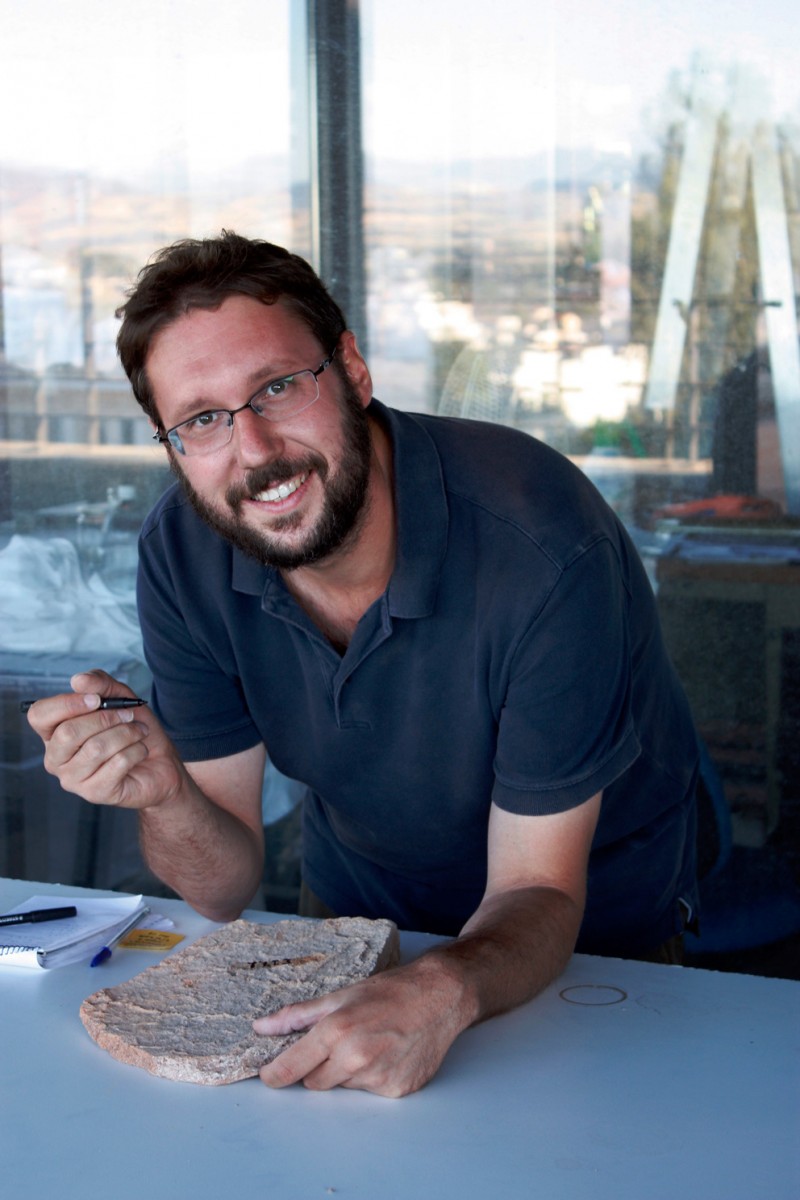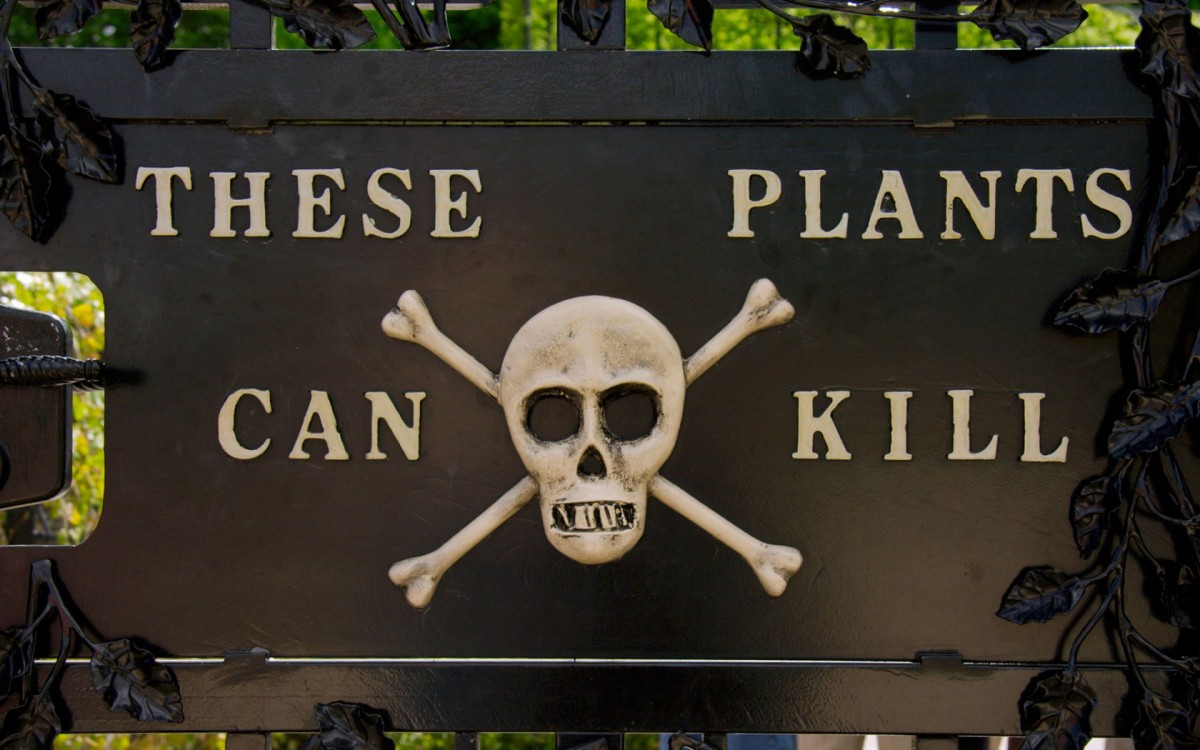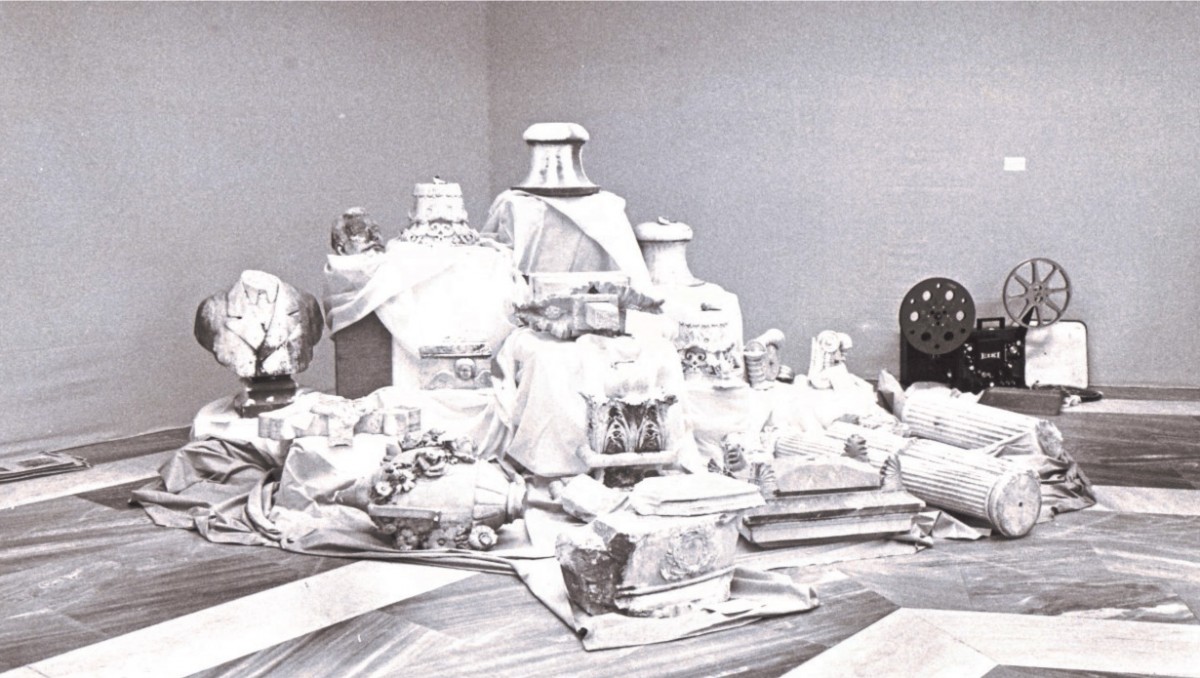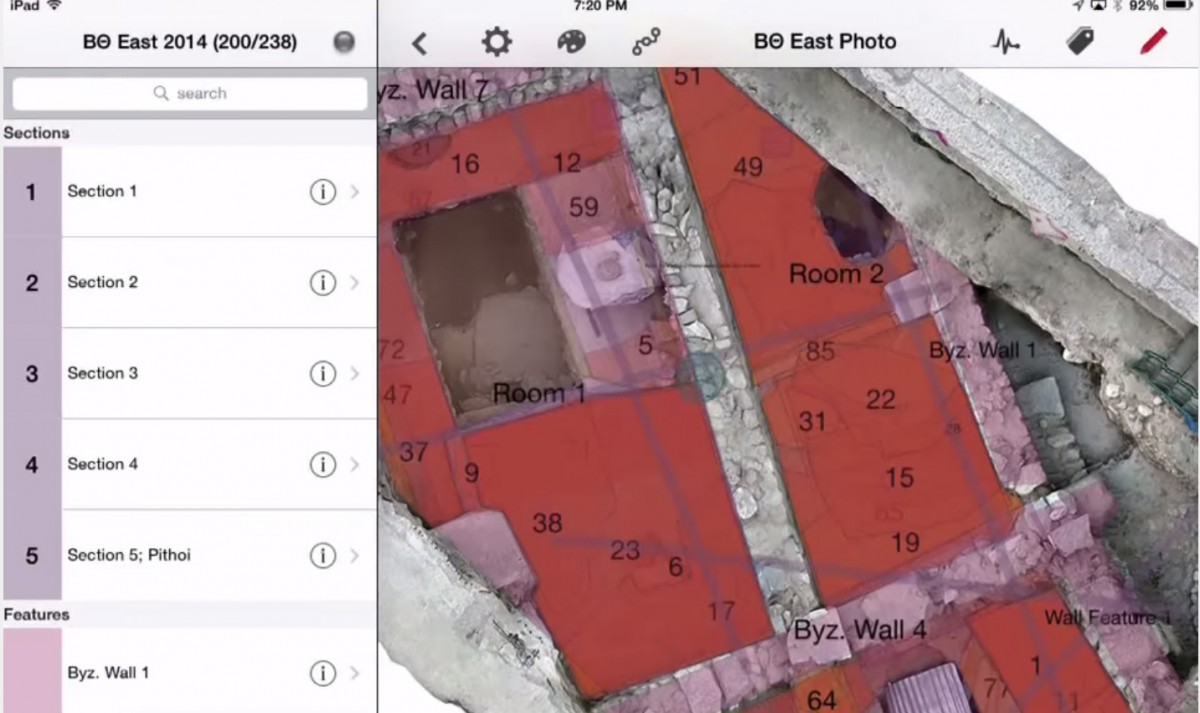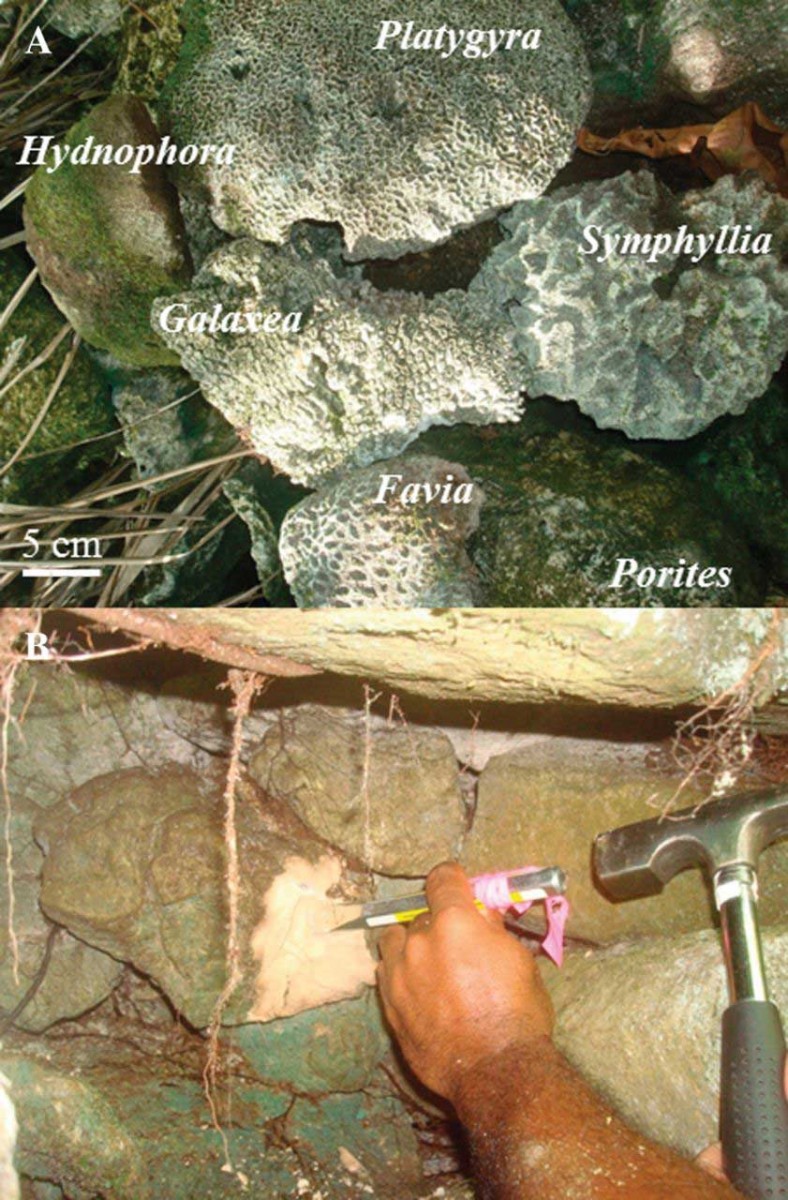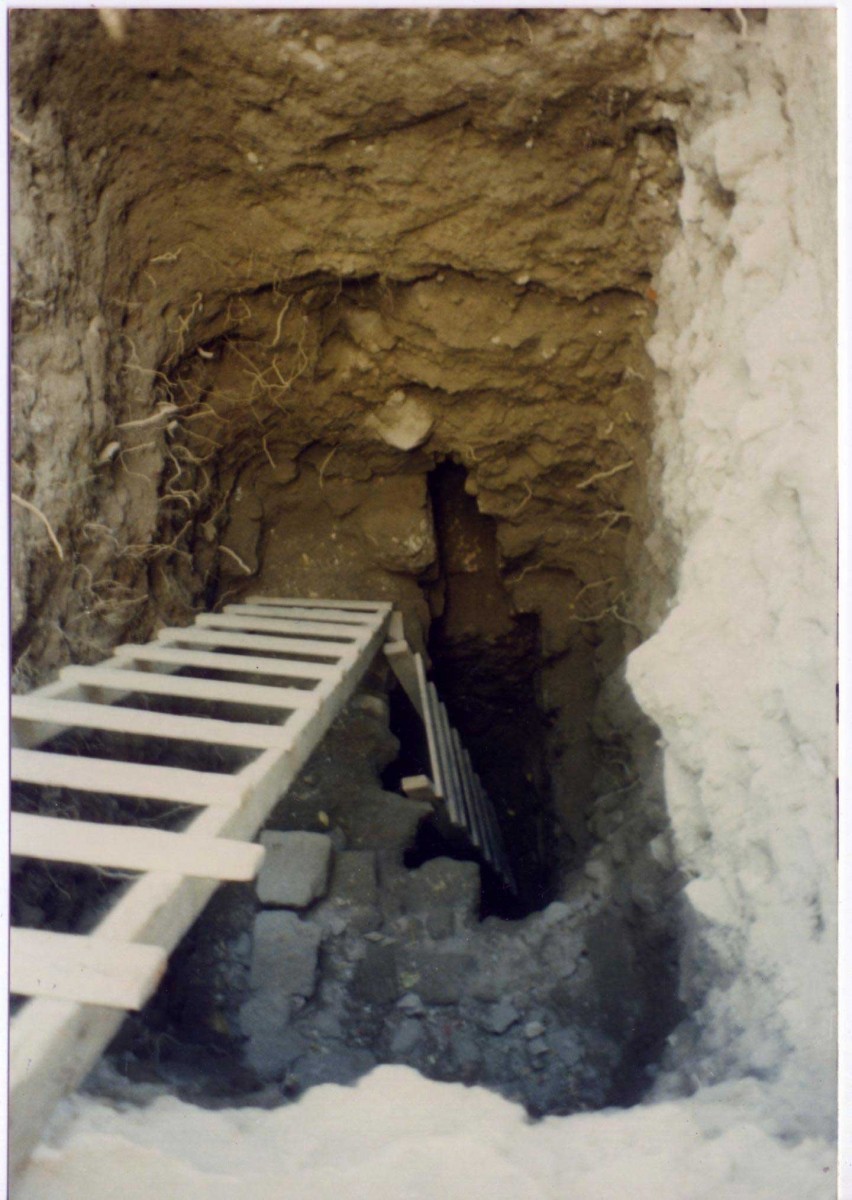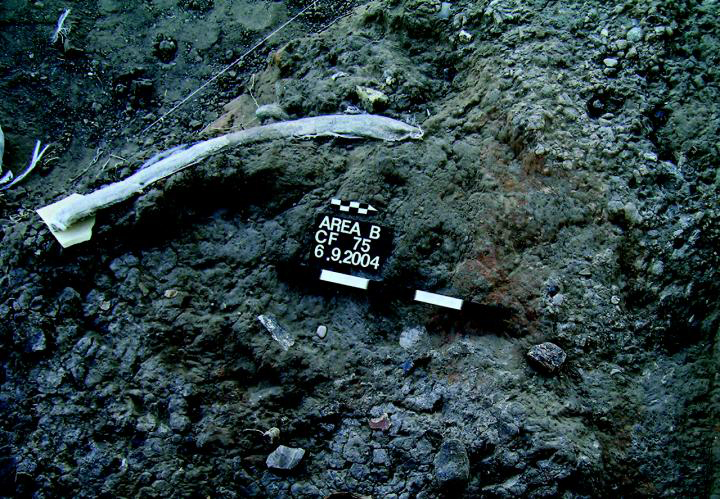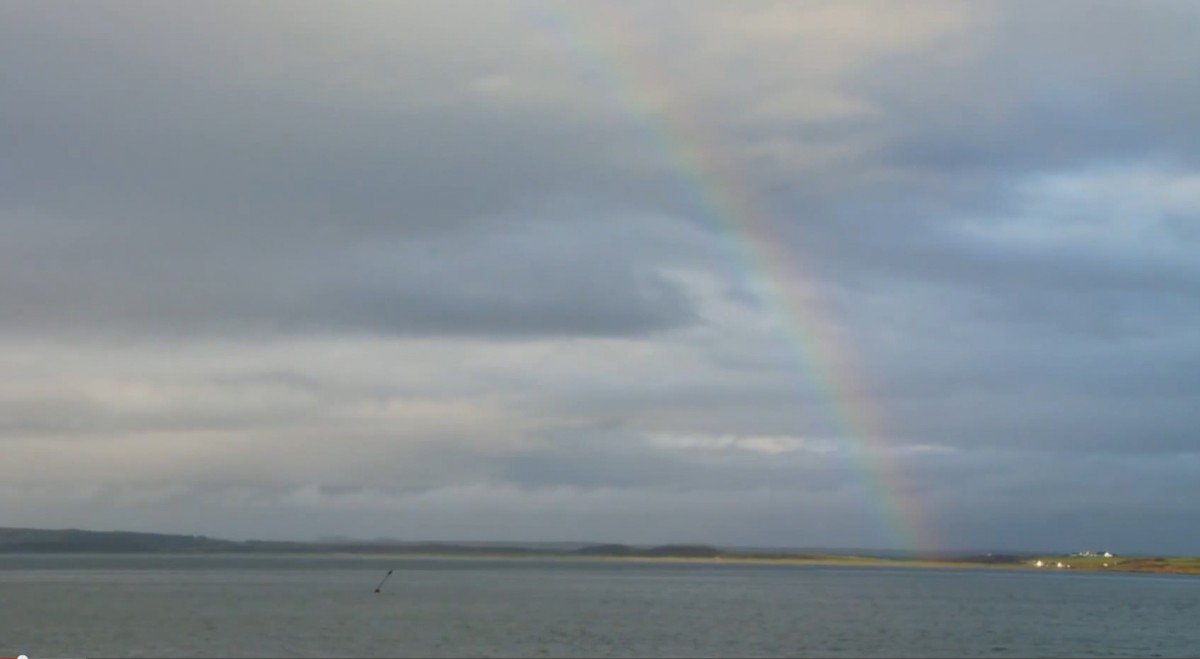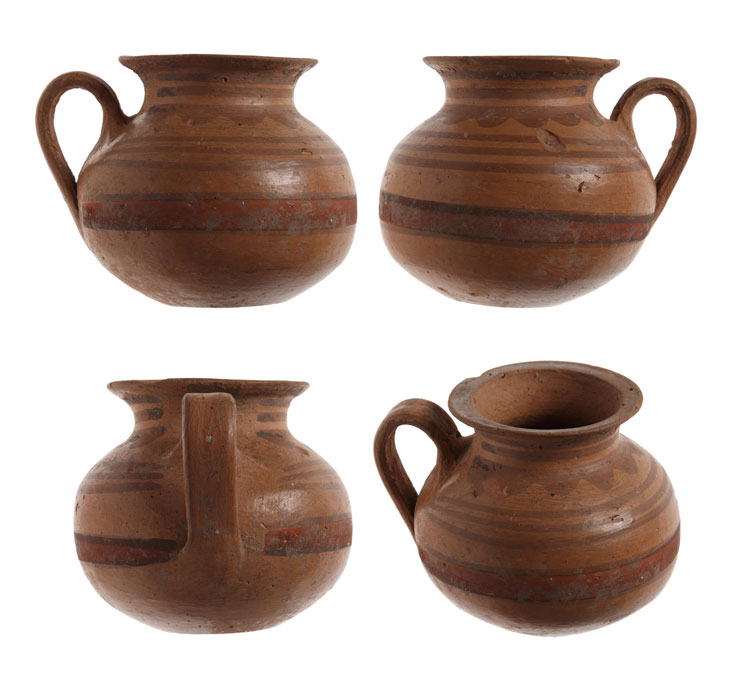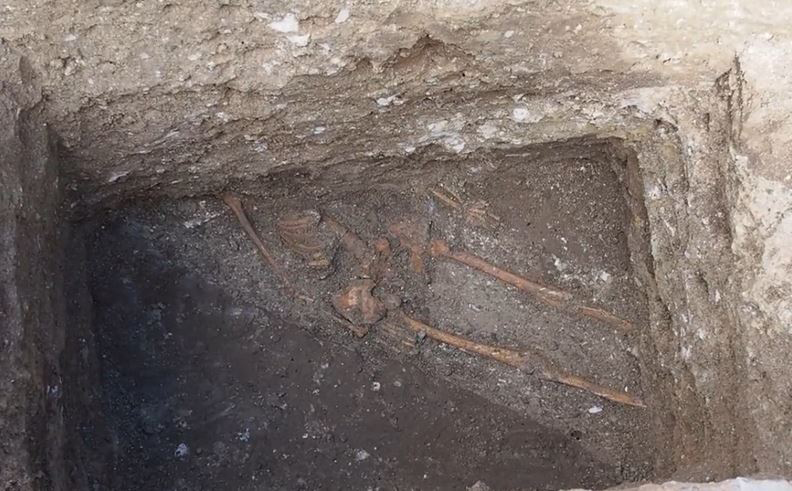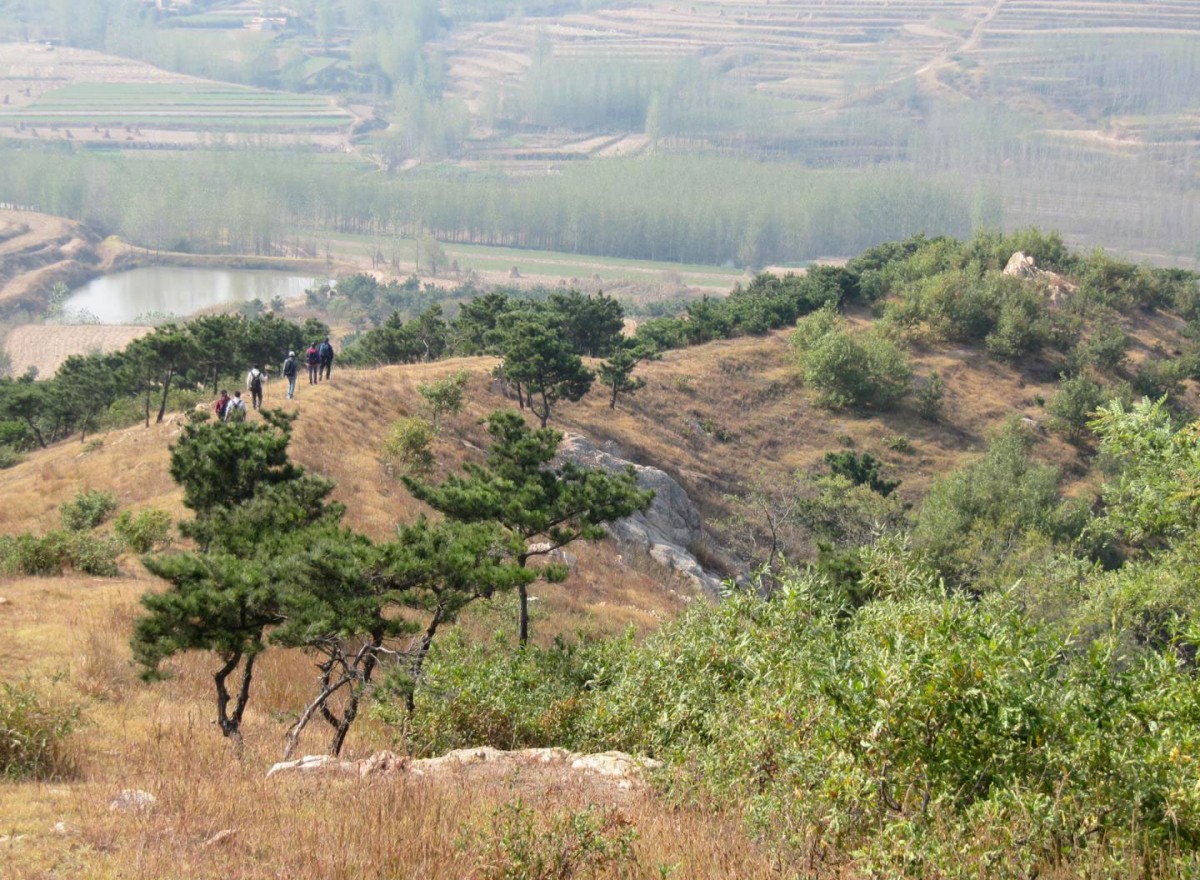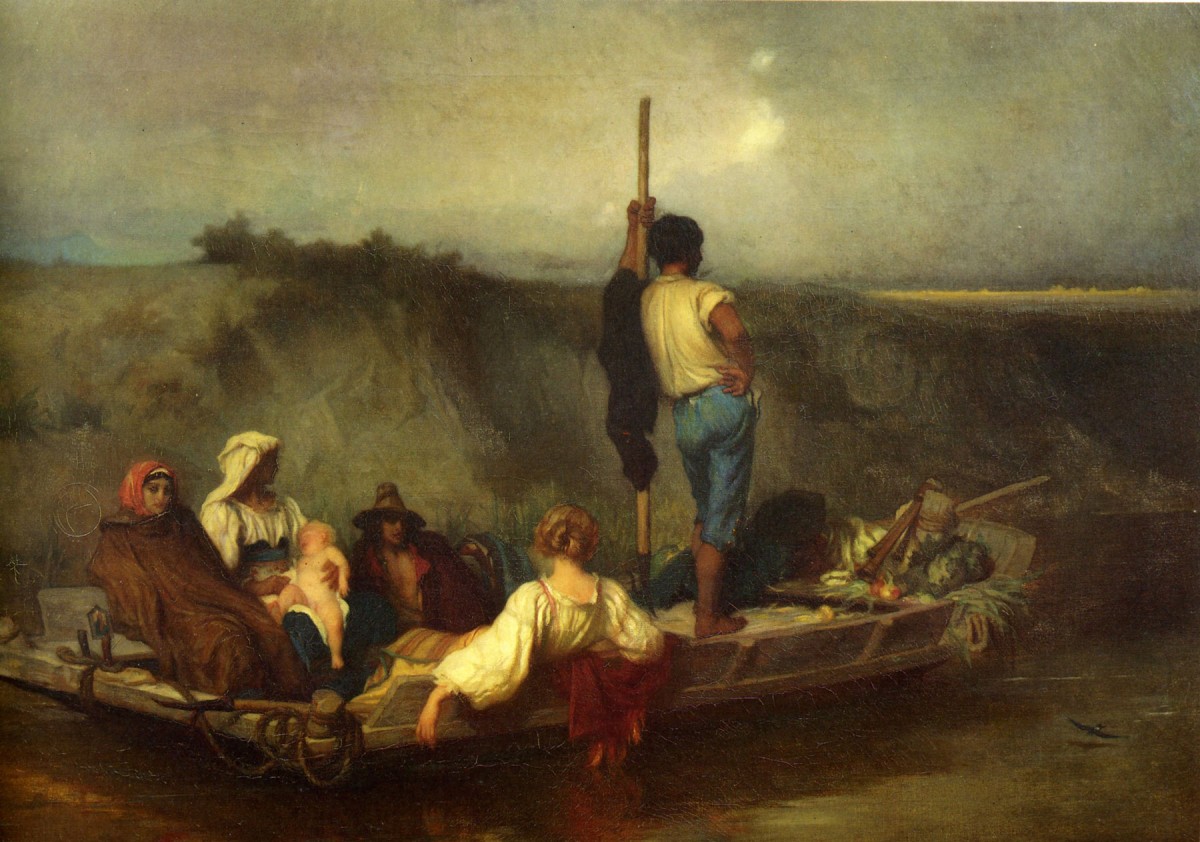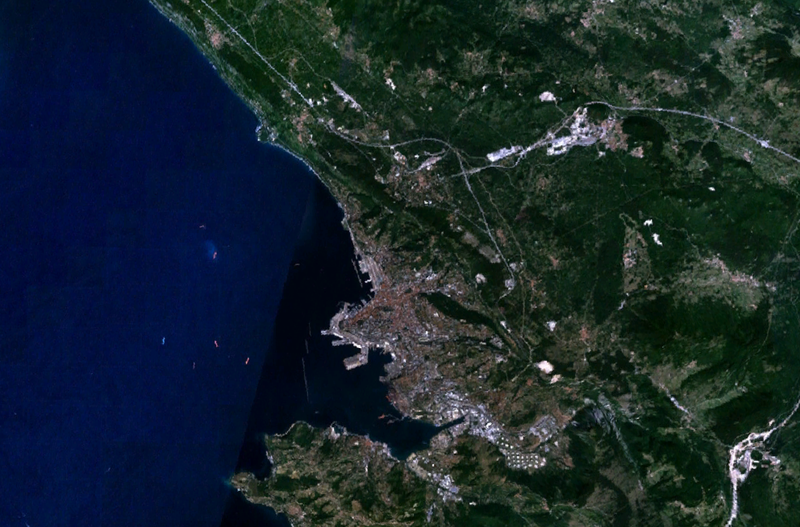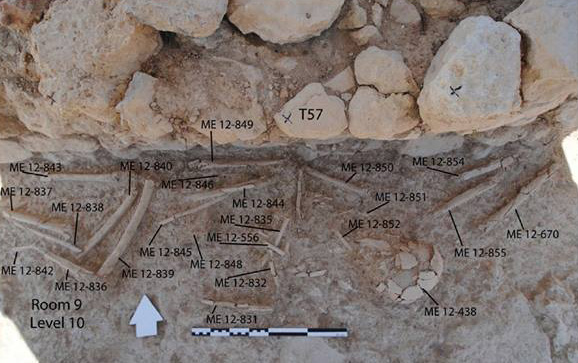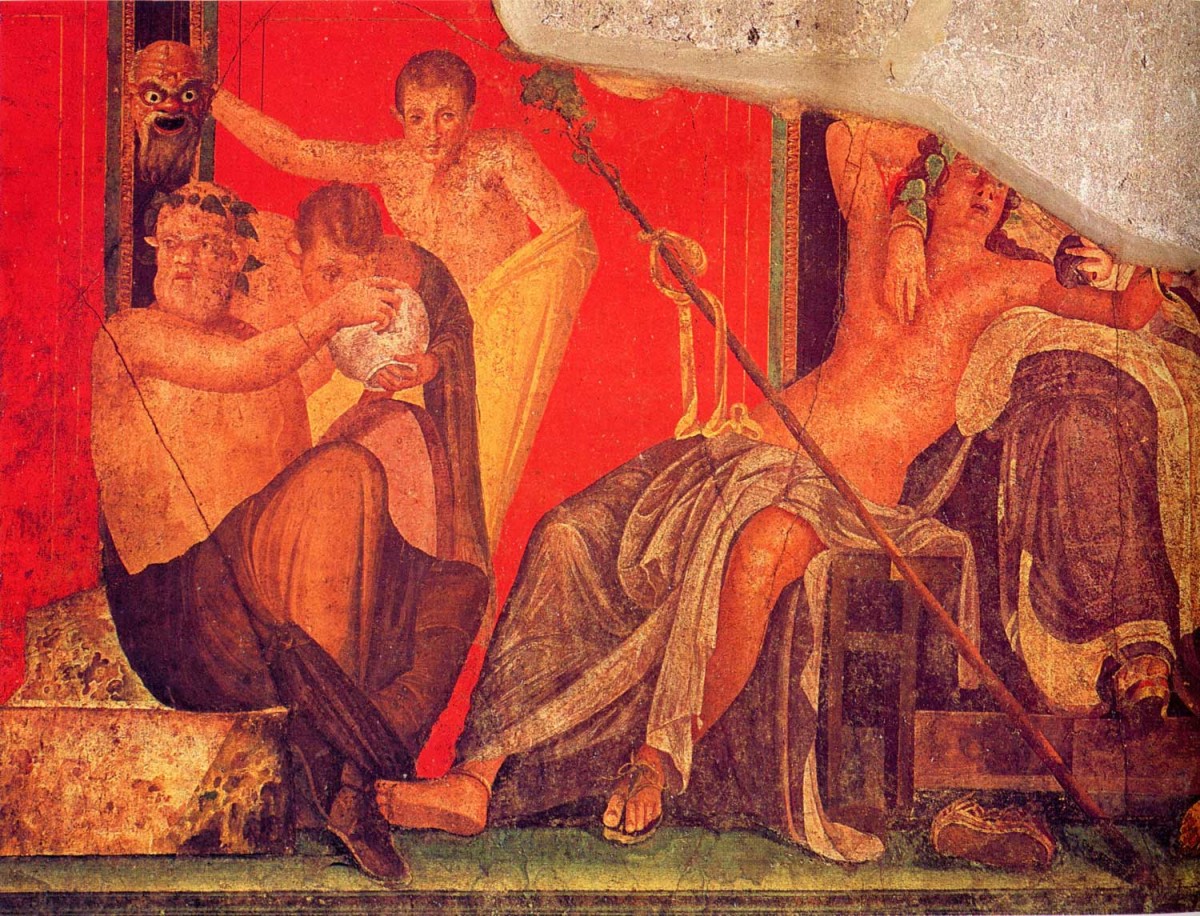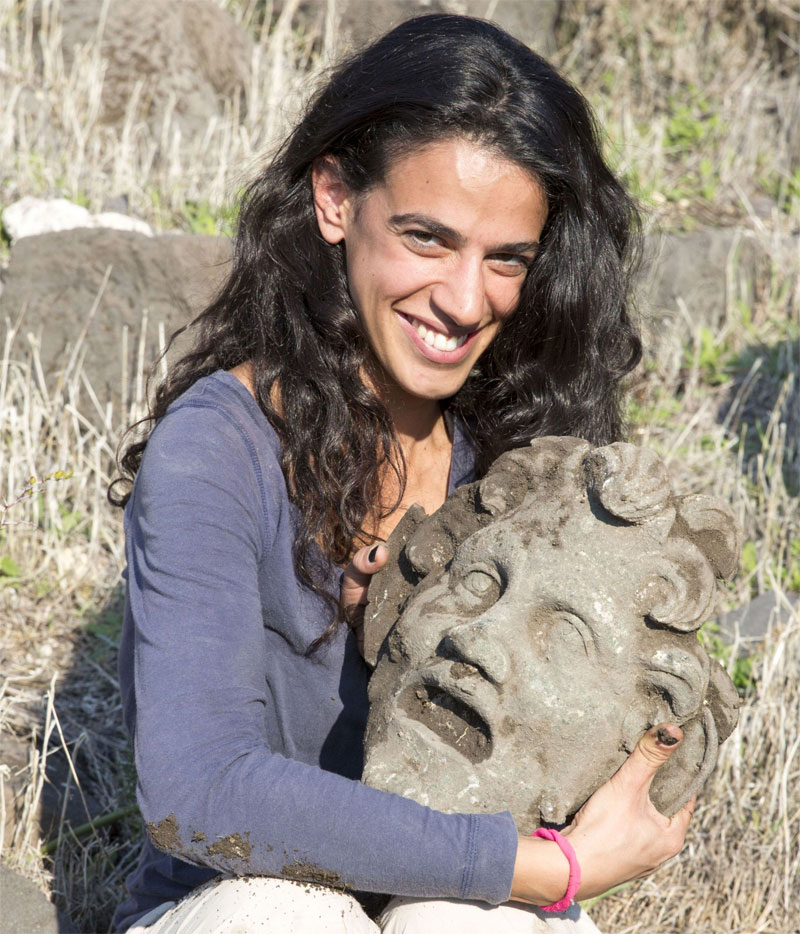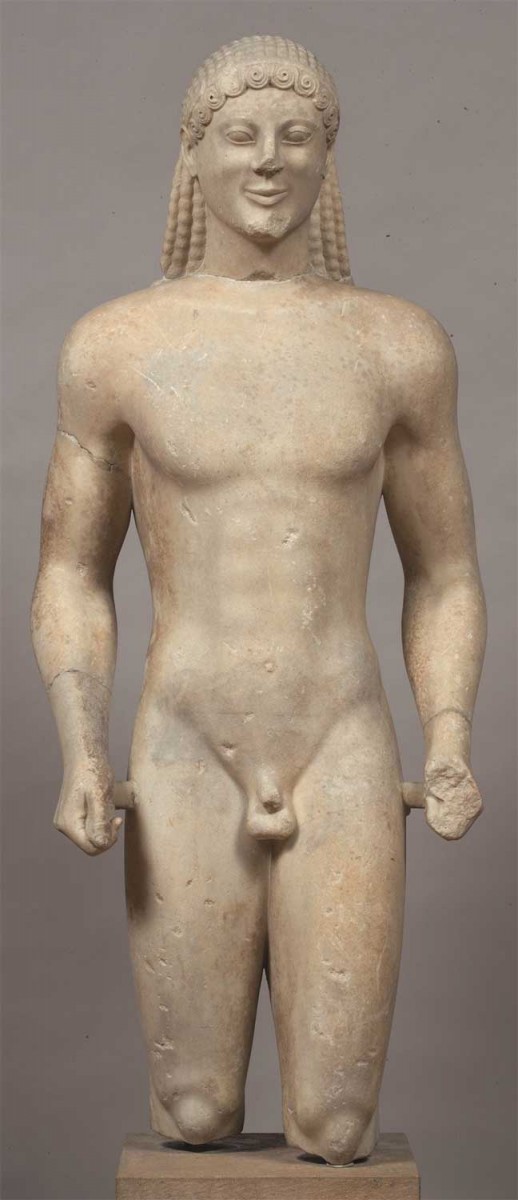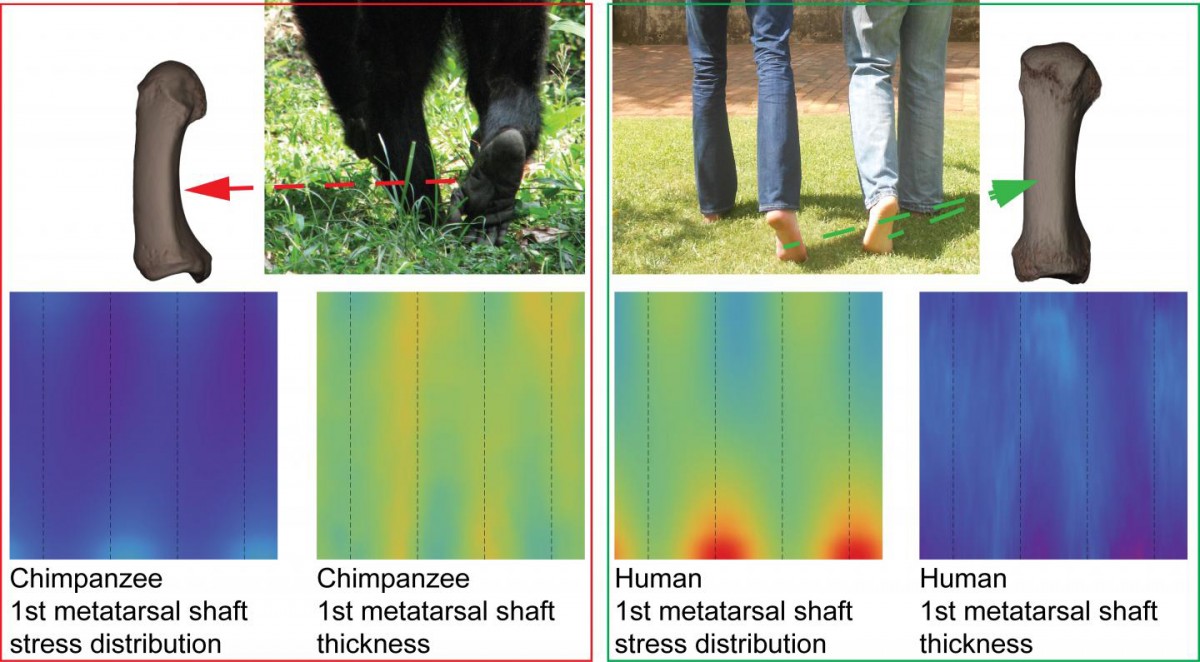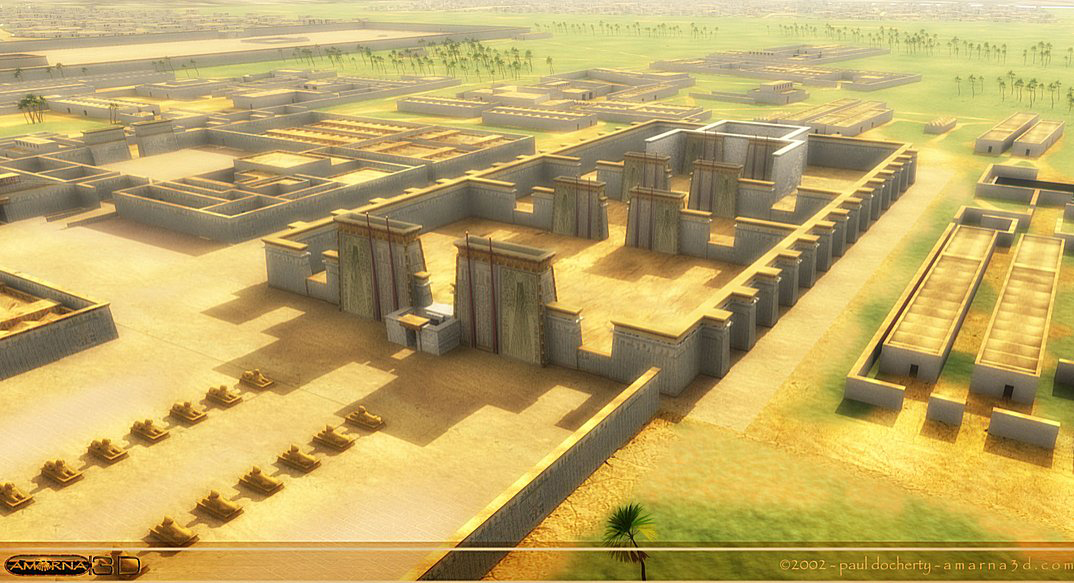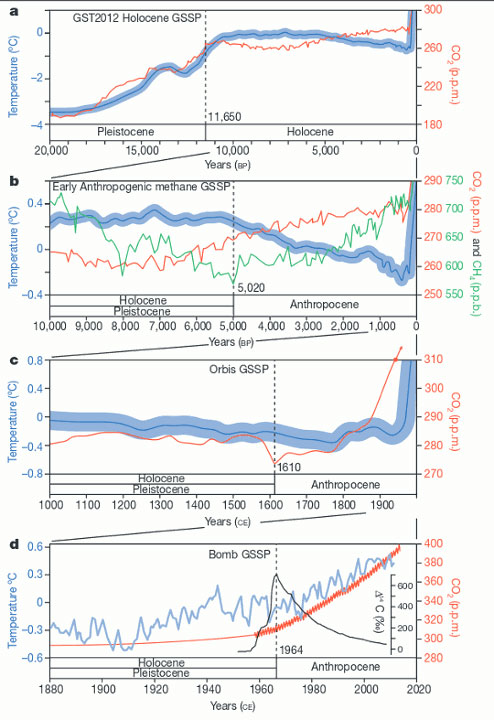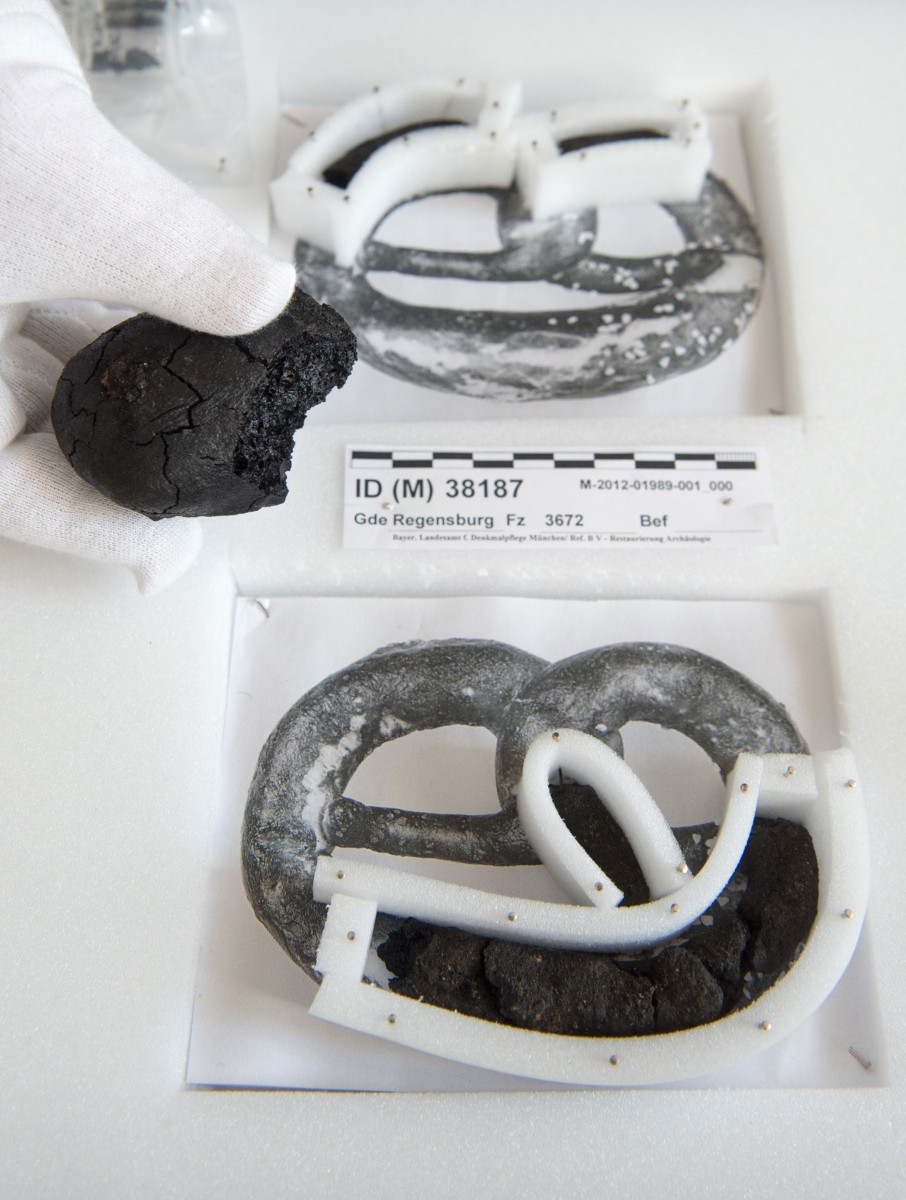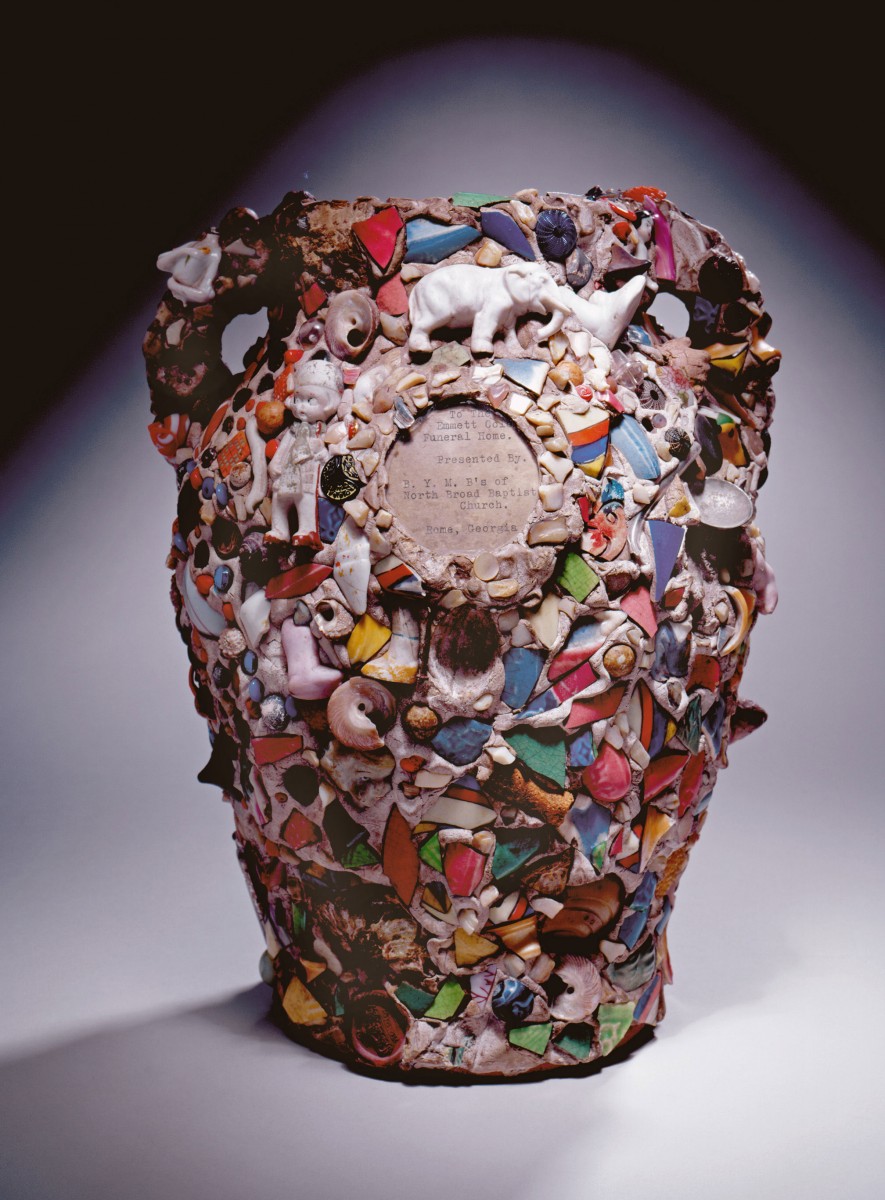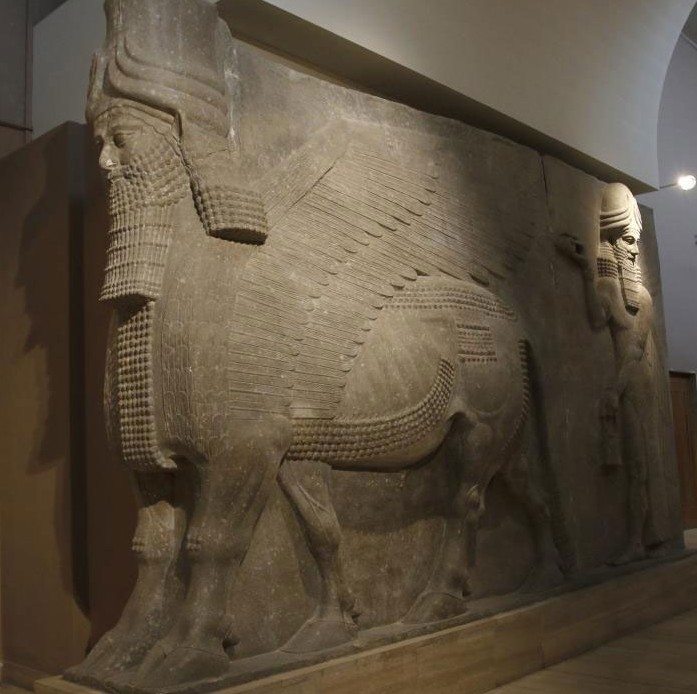Treasured Possessions from the Renaissance to the Enlightenment
A dazzling journey through the decorative arts: from the hand-crafted luxuries of the Renaissance to the first stirrings of mass commerce in the Enlightenment.
The Diplomat, the Dealer and the Digger
Yannis Galanakis about "Writing the History of the Antiquities Trade in 19th century Greece".
Poisonous garden plants as prehistoric weaponry
New technology furthers research into the use of poisonous plants by prehistoric societies to make weapons more lethal for hunting.
Archaeology of Feeling: Death and the Materiality of Memory
Presentation synthesizing fifteen years of ethnographic fieldwork experience and writing in and for the Southern Peloponnese.
iDig Archaeology app now available
A tool for archaeologists designed to produce immediate digital records in the field and is heavily optimized for excavation workflows.
Museum coral expert helps date ancient tombs
Western Australian Museum researcher Dr Zoe Richards has identified coral used in three sacred pyramid tombs on a prehistoric Micronesian island to date their construction to the 14th century.
Human parasites in medieval cesspit reveal links between Middle East and Europe
A medieval cesspit in the Christian quarter of the old city of Jerusalem has revealed the presence of a number of ancient parasite eggs, providing a window into the nature and spread of infectious diseases in the Middle East during the 15th century.
Prehistoric stone tools bear 500,000-year-old animal residue
Tel Aviv University discovers first direct evidence early flint tools were used to butcher animal carcasses.
The first fine-scale genetic map of the British Isles
An international team used DNA samples collected from more than 2,000 people to create the first fine-scale genetic map of any country in the world.
Beyond Argolis
Peter Pavúk (Institute of Classical Archaeology, Charles University in Prague) will introduce the topic "Beyond Argolis. Survival of MH traditions into LBA in Central Greece", in the framework of the Aegean Lectures.
Ancient skeleton under Odessos wall
A tall man’s skeleton was found buried in a construction ditch partly under the fortress wall of the Greek and Roman ancient city of Odessos.
Scientists offer new perspectives on China’s long history of reunifications
Archaeologists have investigated the historical processes leading up to China's political unification through the juxtaposition of macro- and micro-scale analysis.
Tracking the spread of malaria back to its first appearance
A Yale University scientist has developed a promising new method to identify malaria in the bone marrow of ancient human remains.
Trieste Origins Unearthed
Team led by International Centre for Theoretical Physics researchers discovers archaeological site most likely to be 2nd century BC Trieste using modern technology, such as LiDAR and GPR.
Managing with death in Prepalatial and Protopalatial Crete
Sevi Triantafyllou will address the topic “Managing with death in Prepalatial and Protopalatial Crete: a fresh look at the skeletal remains”, as part of the Minoan Seminar series.
Villa of the Mysteries reopens
After nearly two years of restoration work on 70 rooms at Pompeii’s largest dwelling and one of the most complete structures left standing at the site, the Villa dei Misteri will be fully reopened on 20 March.
Largest known bronze mask of Pan
A large bronze mask of the god Pan, the only of its kind, was uncovered at the University of Haifa’s excavation at Hippos-Sussita National Park.
Gods, heroes and athletes
Exhibition in the Regional Archaeological Museum in Alcalá de Henares (Madrid, Spain).
Big toe’s big foot holds evolutionary key
An interdisciplinary team has combined visualisation techniques, engineering principles, and statistical analysis into a powerful new way of analysing the structure of long bones.
Tell el-Amarna mapped through satellite imagery system
A spatial high resolution satellite imagery system has revealed the layout of Tell el-Amarna, according to the Egyptian Antiquities Ministry.
Scientists to define start of human epoch in new study
A new study attempts to trace the boundary of the beginning of the Anthropocene. In particular, Simon Lewis, of University College, London and the University of Leeds. and Mark Maslin of University College tried to locate the specific data that would allow
250-year-old charred dough goods discovered in Bavaria
Archaeologists in Bavaria have discovered the 250-year-old charred remains of two pretzels, three bread rolls and a croissant.
“Kongo across the Waters” exhibition displayed at NOMA
An exhibition at the New Orleans Museum of Art explores connections of the African Kongo peoples with African American art and culture in the USA.
Third ancient city attacked by Islamic State in Iraq
The remains of a third ancient city in Iraq, Khorsabad, have been desecrated by Islamic State within a few days.
